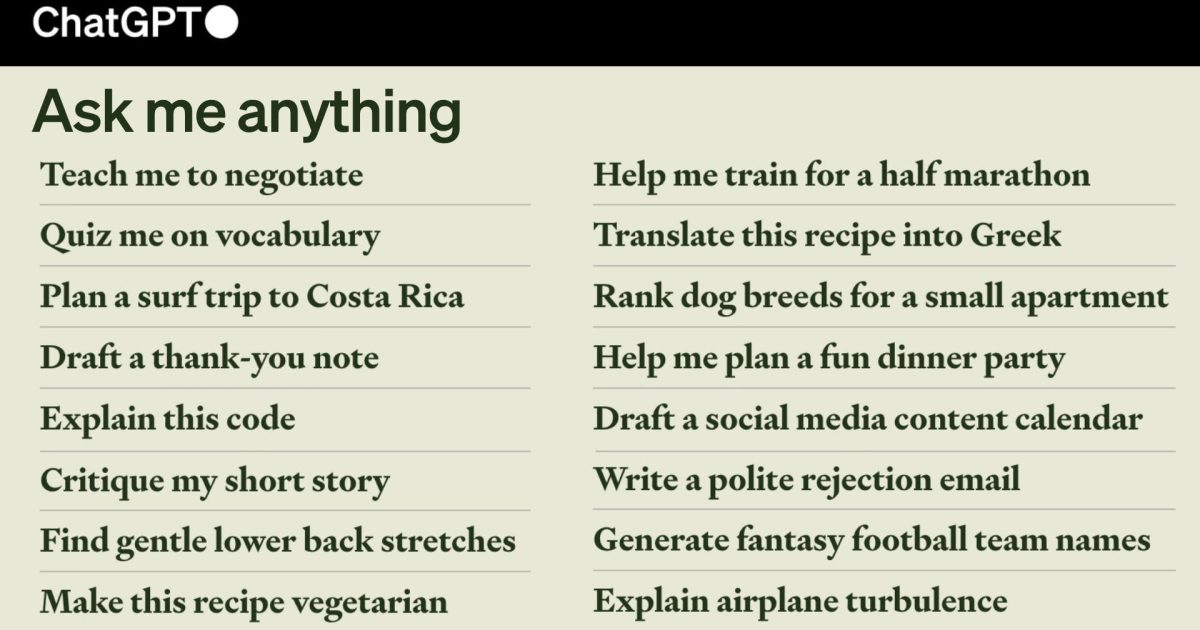Search
CTRL+K
Search
CTRL+K

AI
Pricing: $20/mo.
Start for free.

About ChatGPT
ChatGPT is a large language model chatbot developed by OpenAI. It’s built on top of OpenAI’s GPT-3.5 family of language models and is highly skilled in carrying on human-like conversations.
Key Features:
Use Cases:
How ChatGPT Works:
Ask it anything at ChatGPT.
Low-effort reviews like “Great app, I love it” or “I didn’t like it” aren’t very helpful for users or app creators. Please tell us more about your experience.
Ratings
Great0%
Good0%
Decent0%
Bad0%
Terrible0%
Creator of ChatGPT?
Claim it now.
Get access to this page:
Pricing: $0 (Forever Free).
Pricing: $20/mo.
Start for free.
There are no similar tools
ResetThis site is protected by reCAPTCHA. Google Privacy Policy and Terms of Service apply.